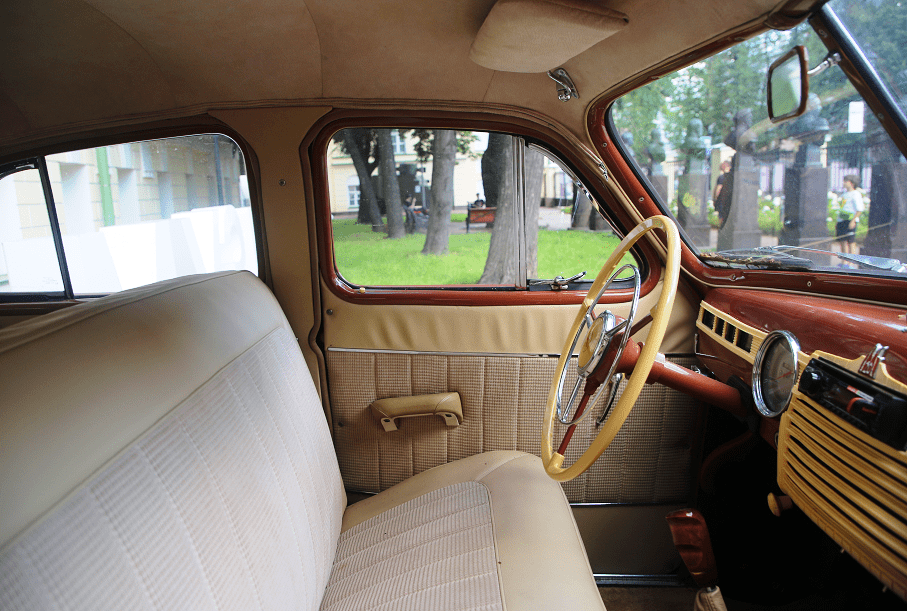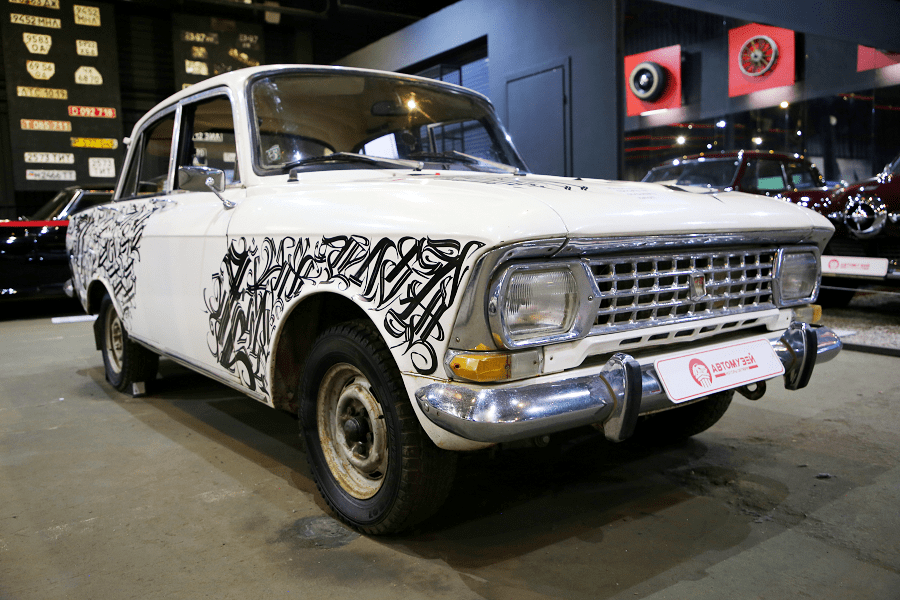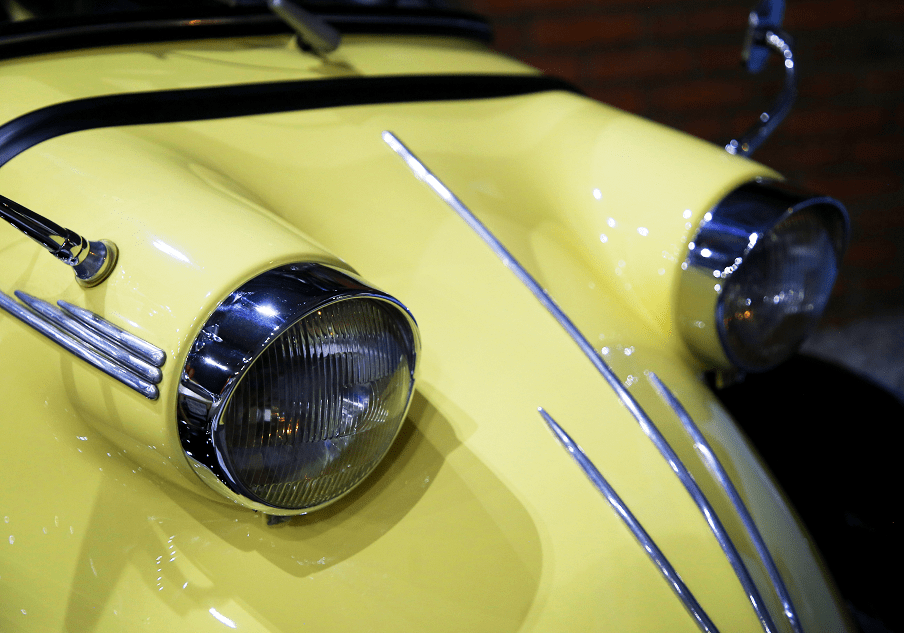GAZ-M-20 Pobeda. Soviet luxury car
The GAZ-M20 “Pobeda” (“Victory”) was a passenger car produced in the Soviet Union by GAZ from 1946 until 1958. It was also licensed to the Polish Passenger Automobile Factory and produced there as the FSO Warszawa. Although usually known as the GAZ-M20, an original car’s designation at that time was just M-20: M for “Molotovets” (the GAZ factory was named after Vyacheslav Molotov).
The factory model index is M-20. The passenger car represents the third generation of GAZ passenger cars and is the successor to the M-1 model. On June 28, 1946, serial production of Pobeda cars began. A total of 241,497 cars were produced until May 31, 1958, including 14,222 convertibles and 37,492 taxis.
During the design process, GAZ had to choose between a 62 PS (46 kW) 2,700 cc (165 cu in) inline six and a 50 PS (37 kW) 2,112 cc (129 cu in) inline four; Stalin preferred the four, so it was used. The same M-20 engine was later used on the ASU-57 light assault gun.
Production started in 1946, only a year after the end of the world war, and was difficult due to serious economic and technical hardships caused by the war; by the end of 1946, only twenty-three cars were completed, virtually by hand.
Truly mass production had to wait until 28 April 1947, and even then, only 700 were built before October 1948. During that period the Soviet Union was unable to produce steel sheets large enough for body panels, so strips had to be welded together, which led to countless leaks and 20 kg (44 lb) of solder in the body, as well as an increase in weight of 200 kg (440 lb).
Steel quality was below average, up to 60% was rejected, and the overall quality of the first cars was so low that production was actually stopped by order of the government and the company’s director was fired.
On August 31, 1948, the government issued a decree requiring the immediate improvement of quality and thorough testing of the new automobiles. The cars and their integral parts were subjected to detailed laboratory and on-road testing, opinions of the cars’ drivers were carefully studied and taken into account.
After a reorganisation, solving the initial build quality issues, making 346 improvements and adding two thousand new tools, the Pobeda was returned to production.
It had a new carburettor, different final drive ratio (5.125:1 rather than 4.7:1), strengthened rear springs, improved heater, and the ability to run on the low-grade 66 octane fuel typical in the Soviet Union. (Among the changes was a 5 cm (2.0 in) lower rear seat, enabling military and police officers to ride without removing their caps).
In January 1949, the state commission issued a report after testing the new model and its parts, where it noted the significant improvement of build quality, ruggedness and durability of the car, good fuel consumption and on-road performance, especially on poor roads.
The improved Pobeda entered production on 1 November 1949, and the techniques needed to develop and manufacture it effectively created the Soviet automobile industry.
In 1952, improved airflow in the engine increased power from 50 PS (37 kW) to 52 PS (38 kW); it climbed to 55 PS (40 kW), along with the new grille, upholstery, steering wheel, radio, and radiator badge, as the M20V (Russian: М-20В), 1955.
Assembly: GAZ factory (Gorki, USSR)
Years of production: 1948—1958
Production: 241,497 units
Length: 4665 mm
Width: 1695 mm
Height: 1640 mm
Engine: M-20
Engine (specs): 4 cylinders; 2112 cm³
Power: 52 HP
Max speed: 110 km/h
Fuel consumption: 11 l/100 km
Weight: 1360 kg

















